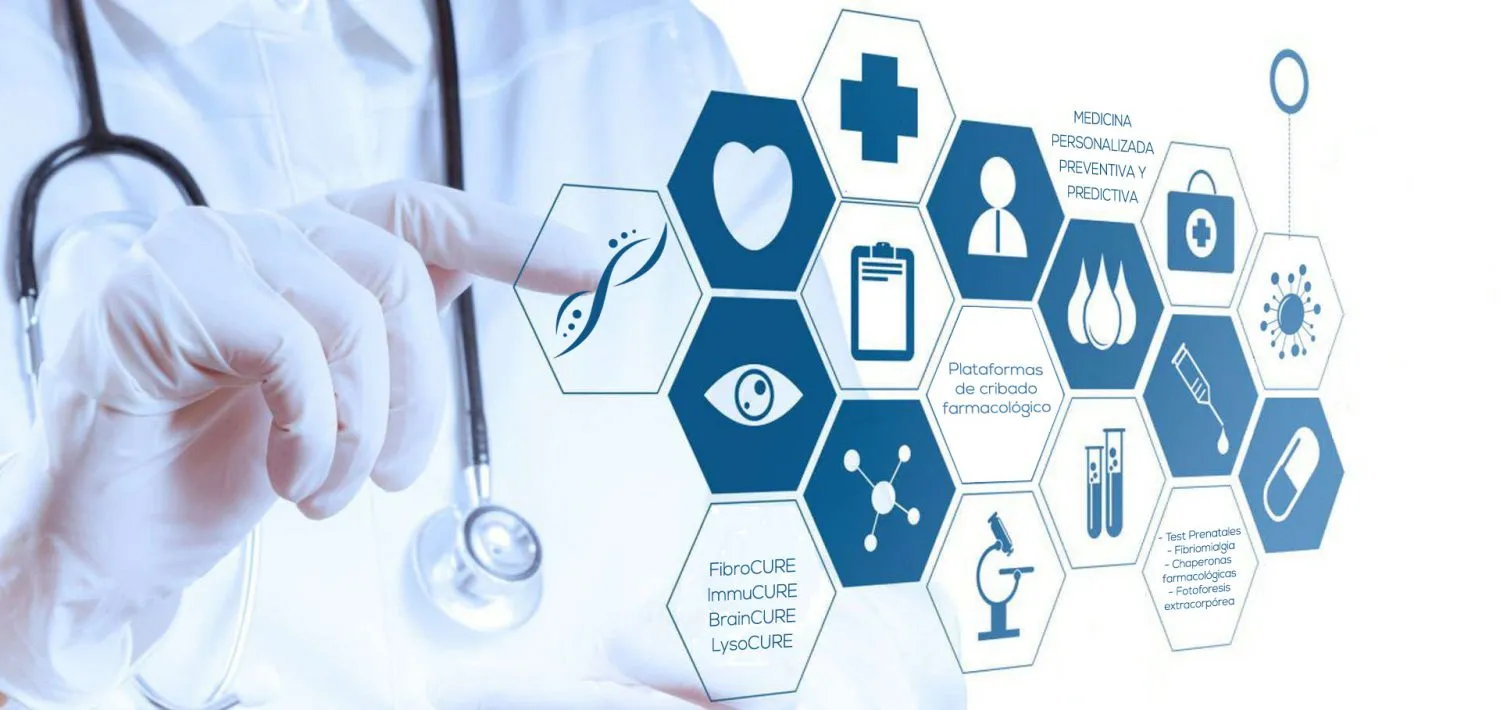Farmaindustria ensures that the future of diabetes approach is increasingly "more personalized" by epigenetics.
The appearance of new insulins in this century has allowed a better management of the disease, so the future opens to an increasingly personalized approach, both in prevention and treatment, through epigenetics, according to the document 'theDiabetes medicine value ', published by Farmaindustria within the series' The value of the medication', which also includes' the value of vaccines' and 'the value of the medication in cancer'.
Diabetes is a set of diseases characterized by high blood glucose levels (also known as blood sugar).Blood glucose is the main source of energy and comes from the food we consume.Insulin, a hormone that produces the pancreas, in the beta cells of Langerhans islets, helps the glucose of food reaching cells to be used as energy.
Sometimes, the pancreas does not produce insulin, or does not produce enough, or does not use it properly and the glucose does not reach the interior of the cells, which gives rise to blood levels are high.The main symptoms of the disease are the constant need to urinate, the exaggerated and urgent thirst, the imperative and constant hunger feeling, the unusual loss of weight.In addition, patients may have frequent infections, blurred vision, cuts, wounds or bruises that take to heal, and tingling or numbness in the hands or feet.
Uncreated diabetes, in which high blood glucose levels are maintained for time, results in a wide number of complications that include heart, brain, renal (nephropathy), eye problems (retinopathy), circulatory insufficiency (diabetic foot,torpid ulcers) or dental problems (periodontitis).
However, the 415 million people suffering from the disease in the world in 2015 could reach 642 in 2040, and in Spain it is estimated that there are 5.3 million diabetes patients (2013, last year available), which may arriveto be up to 7.3 million in 2035. Half of type 2 diabetes patients have not yet been diagnosed, so they do not know they live with the disease.
In fact, more than five million people died in 2015 due to diabetes or for complications associated with the disease, and is the seventh cause of disability in the world.In Spain, in 2013 (last year available) 25,202 people died from diabetes related diseases, almost 69 deaths per day.
Likewise, Farmaindustria recalled that the treatment of diabetes and its associated complications generates an annual global expense of 584,000 million euros.Specifically, in Spain, the direct cost of diabetes for the National Health System was estimated in 2010 at 5,809 million euros, which is equivalent to 8.2% of total health expenditure for the State.
Of this cost, 37 percent (2,143 million euros) is due to the complications associated with the disease.It is also estimated that the cost of pharmacological treatments is around 18 percent of the total treatment of this disease.
The future of diabetes treatment is directed towards a personalized approach to each patient and, as the employer has insisted, the epigenetics will play a key role in the immediate future, since the study of epigenetic changes, both in people belonging toDiabetes risk groups such as diabetic patients, will help identify more candidate genes, which are regulated by these factors, and that could give way to new personalized therapies.
New stimulating molecules of pancreatic beta cells are also being investigated, such asGlucoquinase activators and drugs to correct the defects of alpha and beta pancreatic cells.Research in pharmacological agents that could selectively restore energy balance is currently an exciting perspective for future treatments of type 2 diabetes mellitus.
In relation to insulin, new insulin analogs, more constant and homogeneous release, with different durations of action and smaller risks of hypoglycemia are investigated.Working is also still working on obtaining insulins that are administered inhaling.
Finally, and although stem cells are still in the development phase, meters that provide continuous information of blood glucose and tissues are already available.These sensors, connected to an insulin pump, in case of hyperglycemia, activate the infusion of the dose that the patient requires.
The research also advances in relation to pluripotential stem cells capable of repairing the beta cell damage of pancreatic islets in patients with diabetes mellitus type 1. They have also put high hopes in the transplantation of pancreatic islets or autologous transplants, forthat it is still necessary to improve the available knowledge about these possibilities.


